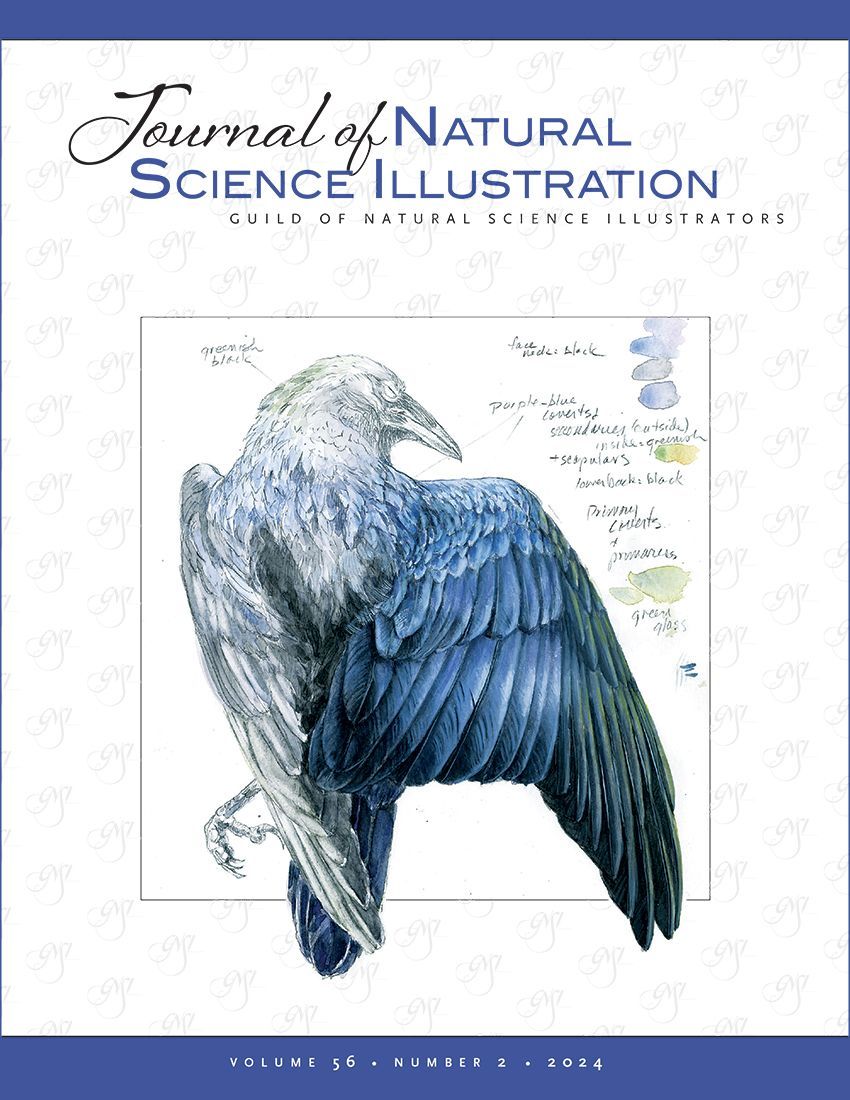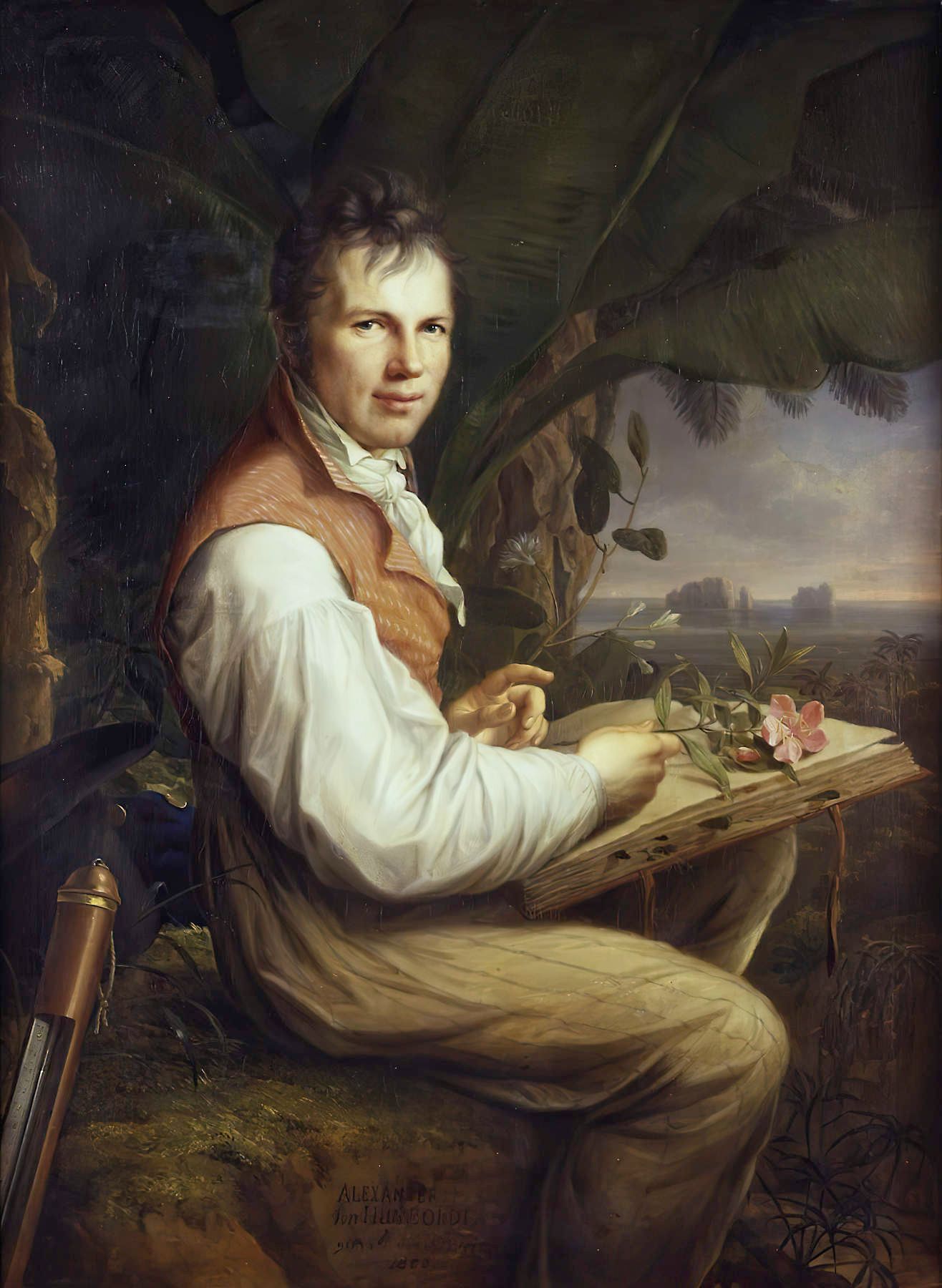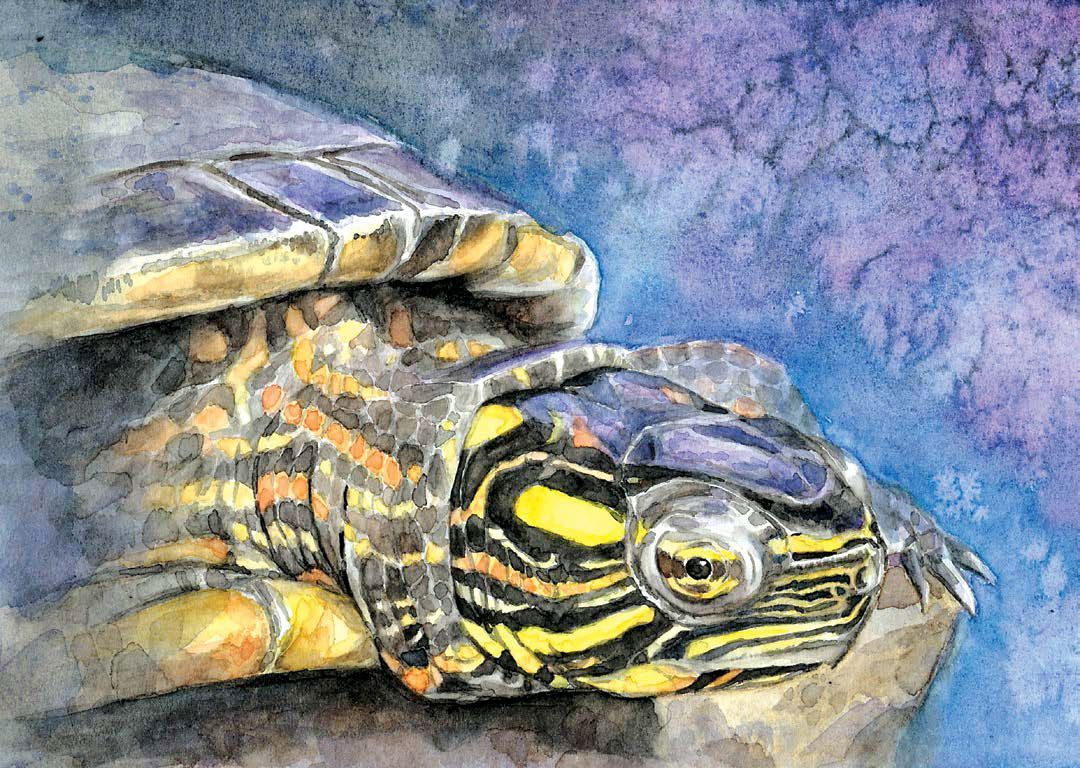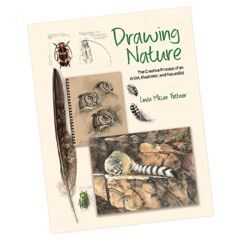Alexander von Humboldt and the United States: Art, Nature, and Culture - By Eleanor Jones Harvey
A new, coffee table-style exploration of Prussian naturalist Alexander von Humboldt provides a view of the early 19th century in America and how one man’s multitude of societal influences mirrors the connectedness of our world.
This view of the world is the one Humboldt proselytized throughout his career. His insight allowed him to champion the natural wonders of the Earth and warn of the threat humans were creating with the destruction of the world’s resources. This book is a companion to the coronavirus-delayed new exhibit at the Smithsonian American Art Museum opening this Fall.
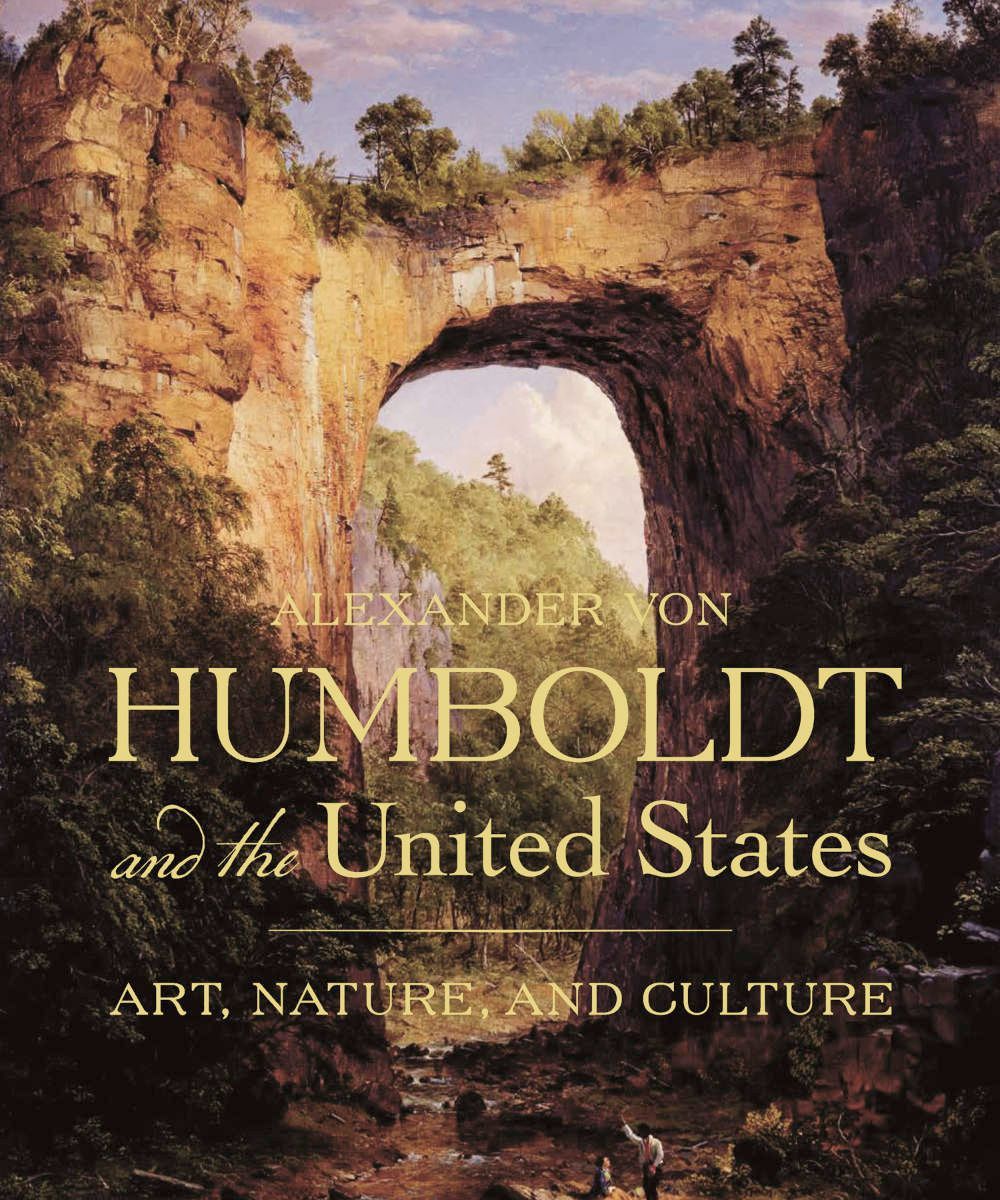
Book cover:
Frederic Edwin Church,
The Natural Bridge, Virginia, 1852, oil on canvas, 28 x 23 in.
Humboldt lived from 1769–1859, but only spent 6 weeks in America, in 1804. Already a well-known figure, during this short time he met with many leading artists and cultural luminaries, including President Thomas Jefferson. Humboldt’s view of connectedness of all things lead him to explore many areas of science and work with leading researchers of the age. This ultimately resulted in a master work, Cosmos, a series of five volumes published from 1845 to 1859. The series cemented his reputation as one of the leading authors of his age, with wide influence on the thinking of American and European artists, authors, and politicians. Indeed, one might consider him to be the Carl Sagan of his time, only more so: learned, multi-talented, artistic, and well-connected; a mentor for scientists, with a large public following.
Friedrich Georg Weitsch, Portrait of Alexander von Humboldt (1769–1859), 1806, oil on canvas, 49 5/8 x 36 3/8 in.
Author Eleanor Jones Harvey wades deeply into Humboldt’s influence in America, exploring major themes and social issues as they are reflected in the art, writing and events of the 19th century. This is first and foremost a book of history, woven together with a web of connections embodied in one extraordinary man. It illuminates the history of America and the influence of the natural world on its development. It is graced by art, illustrations, and objects produced by American and European artists and artisans whose subject matter is the natural world, landscapes and people of the western hemisphere. The book’s art contains much well-known material from the archives of the Smithsonian and other collections, curated to support the narrative of history presented here. The handsomely presented artwork is that of many leading artists of the age. Notable inclusions are from members of the Peale family, George Catlin’s visual exploration of the Indians of the American West, and the majestic landscapes of Frederic Edwin Church. These and many more artists are explored in the context of the historical events of their time. Ultimately Humboldt’s influence was felt by the English chemist James Smithson, whose decision to bequeath the funds needed to establish an American center for science and learning, memorialized with the phrase, “…an establishment for the increase and diffusion of knowledge”, may have been pivotally affected by Humboldt’s enthusiasm for the potential embodied in the United States of America and its natural wonders.
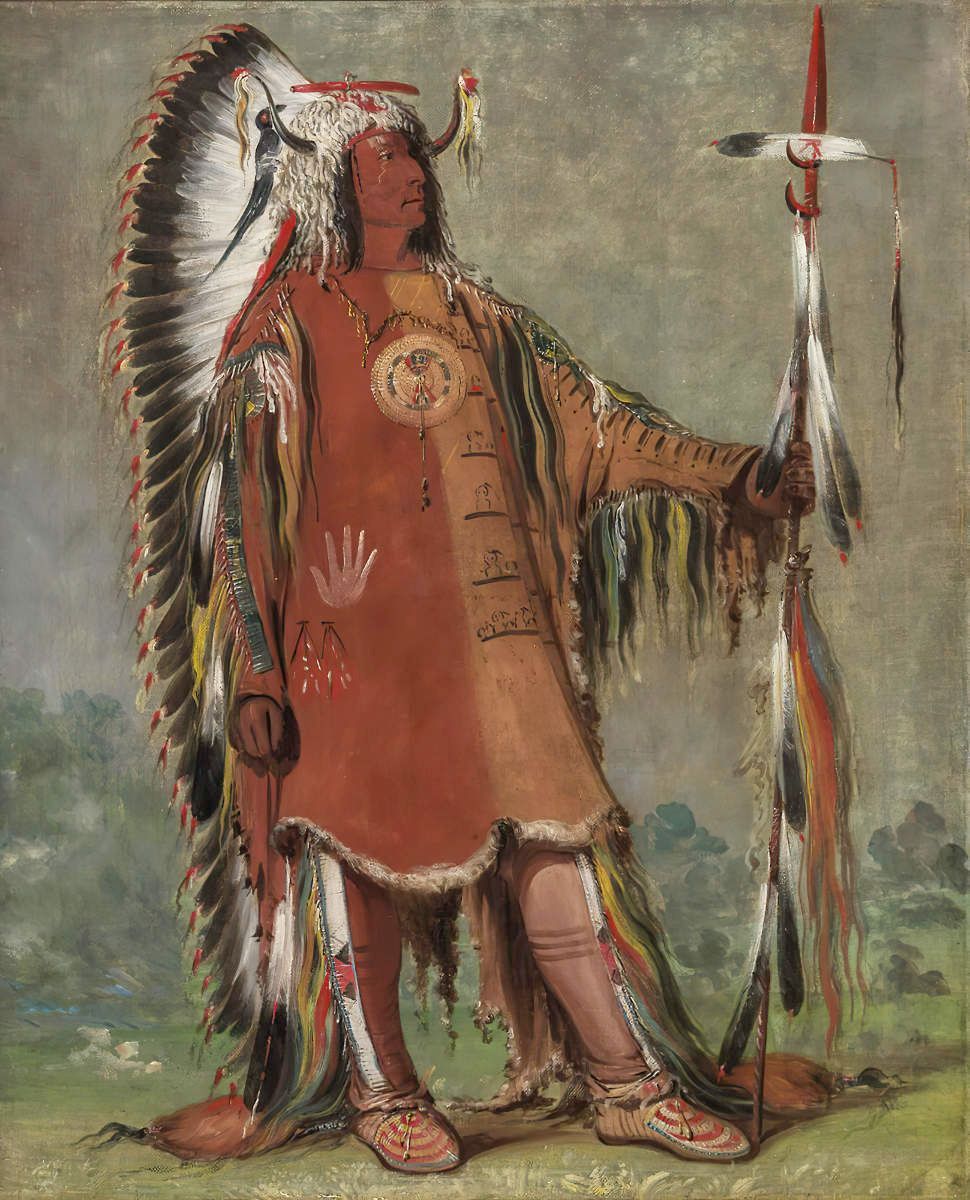
George Catlin, Máh-to-tóh-pa, Four Bears, Second Chief, in Full Dress, 1832, oil on canvas, 29 x 24 in. Smithsonian American Art Museum
Why do we not know and revere this amazing life from the early 19th century? Humboldt’s eminence fell out of favor in America in the early 20th century with the anti-German hysteria of World War I and the specialization of study in the various domains of science. It is intriguing to be able to rediscover this lost prophet of a bygone age, just as we are beginning again to re-establish the need for a fuller understanding of the web of life that connects all things.
Author: Eleanor Jones Harvey, with a preface by Hans-Dieter Sues
Publisher: Smithsonian American Art Museum in association with Princeton University Press
Year Published: 2020
Pages: 444
ISBN Hardcover: 9780937311875
This open-access article appears in the Journal of Natural Science Illustrators, Vol. 52, No. 3, 2020.
Share this post:
